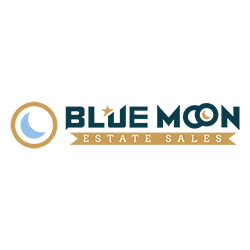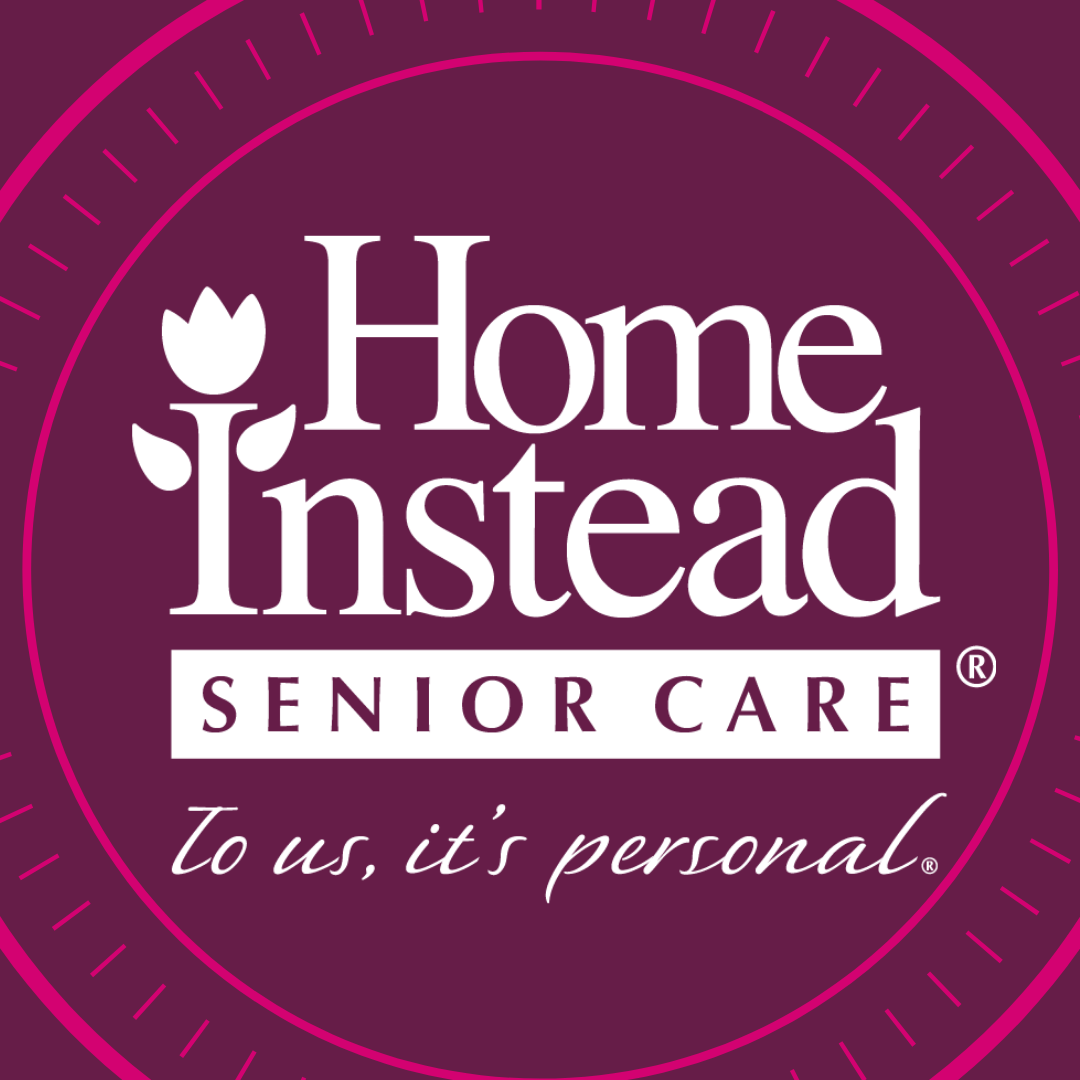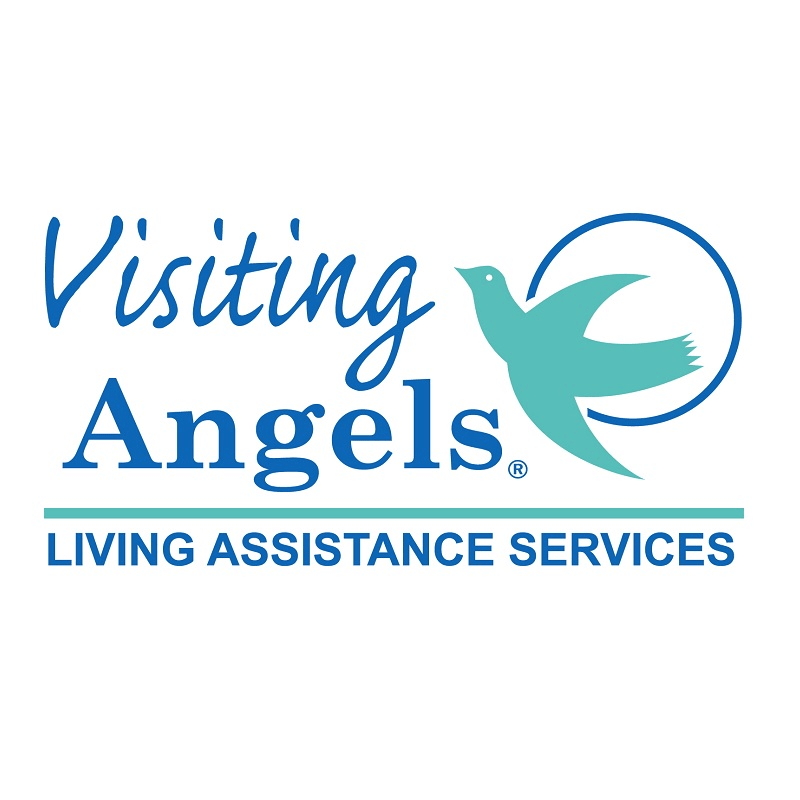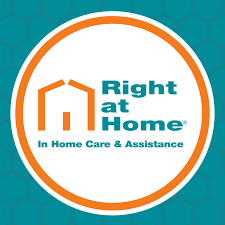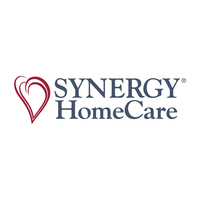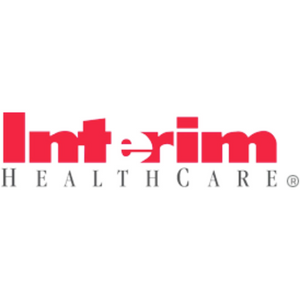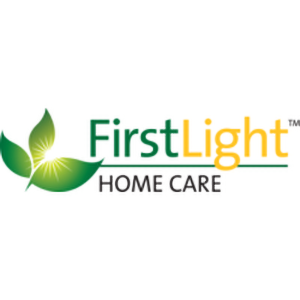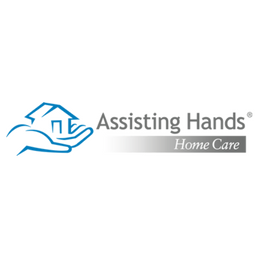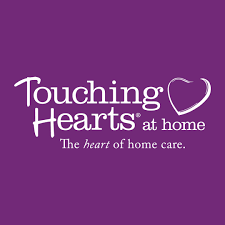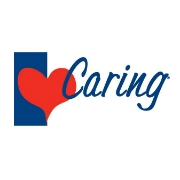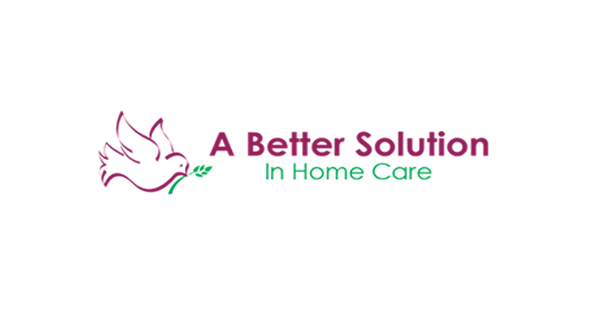Top Senior Care Franchises for 2025
Explore the booming senior care franchise industry, covering top franchises, investment requirements, average unit volumes, and payback periods. Learn about opportunities in non-medical home care and how to choose the right franchise for success.
Table of Contents:
Introduction
Today, we are exploring some of the largest senior care franchises in the United States. These franchises provide essential services to elderly clients, ranging from medical to non-medical assistance, depending on the brand. In this analysis, we’ll look at key metrics such as total unit count, payback period, median investment, and average unit volume for the top senior care franchises currently operating.
Data Source
The information provided in this overview is primarily sourced from the Franchise Disclosure Documents (FDD) of the respective brands. For metrics not clearly available, we have included our estimates, particularly for average unit volume in cases where the FDD’s Item 19 lacked detailed figures.
Senior Care Industry
The senior care industry is experiencing significant growth, especially in key markets like the Sun Belt states. The number of people reaching age 65 has almost doubled since 2012, and currently represents approximately 20% of the U.S. population. With around 10,000 individuals turning 65 every day, this trend is expected to continue for the next two decades, presenting a vast opportunity for senior care services.
The industry is growing to meet this increasing demand. Since 2018, the senior care business sector in the U.S. has expanded, and this growth trajectory is likely to continue in the coming years.
Senior Care Franchises
The large market size has led to the emergence of numerous senior care franchises, with many achieving notable success. However, investing in a franchise with a high average revenue doesn’t guarantee similar returns for each franchisee. Choosing a franchise with consistent performance across its locations is crucial.
Senior care franchises often focus on non-medical home care, assisting seniors with everyday tasks like cooking, laundry, and dressing. Some even help with more specialized tasks, such as home organization or estate sales. For example, Blue Moon Estate Sales is a unique franchise that supports families in managing estate sales, particularly during challenging times after a loved one’s passing.
Most of the franchises reviewed here provide non-medical home care.
Top Franchises
Below are some of the largest senior care franchises in the U.S. by unit count as of the end of 2021:
- Home Instead: Over 600 locations
- Visiting Angels: 541 locations
- Right at Home, Synergy Home Care, BrightStar Care, Interim Healthcare, and Senior Helpers: Each has between 300 and 360 locations
- FirstLight Home Care: 183 locations
- Assisting Hands Home Care: 151 locations
- Touching Hearts at Home: 68 locations
This list is not exhaustive. Other noteworthy franchises include Caring Senior Service, Golden Heart Senior Care, One Heart, and A Better Solution, which have between 5 and 60 locations. These smaller franchises may have solid financials, but they do not match the scale of the largest players.
Franchise Midpoint Investment
The investment required for the franchises listed above ranges as follows:
- Touching Hearts at Home: $62,000
- FirstLight Home Care: $150,000
- Interim Healthcare: $429,000 (includes a physical build-out as part of their offering)
Average Unit Volume
The average unit volume varies significantly among franchises:
- Interim Healthcare: $2.66 million (investment of $429,000)
- Touching Hearts at Home: $565,000 (investment of $62,000)
Most other franchises require an investment between $100,000 and $150,000, with average unit volumes ranging from $1 million to $2.2 million. Home Instead follows Interim Healthcare with an average unit volume of $2.2 million, while BrightStar Care closely follows at $2.17 million.
Franchise Payback Period
The payback period for these senior care franchises is estimated to range from 1.5 to 4 years. This estimate depends on factors such as the specific franchise brand, the performance of the operator, and the local market conditions.
Conclusion
We hope this information has been helpful as you explore opportunities in the senior care franchise sector. For further information, you can visit Vetted Biz, where you’ll find detailed profiles of these franchises. This resource allows you to dive deeper into the numbers, download the latest FDD, and contact franchisors directly. Vetted Biz members enjoy added benefits, including extensive access to franchise data, which can help determine if a particular franchise is worth exploring further.



